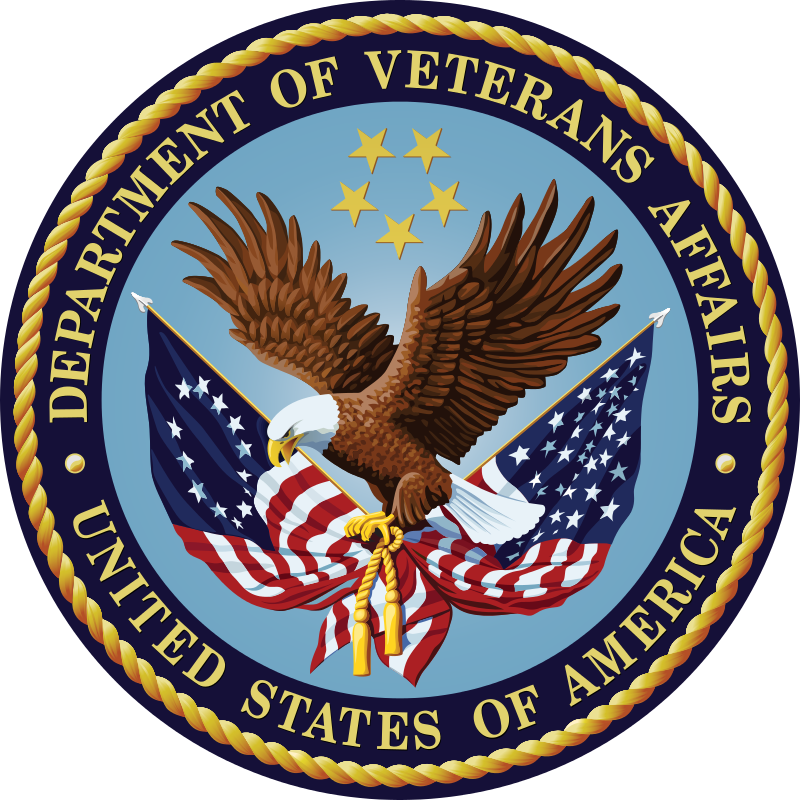Appeals Improvement and Modernization Act Implementation
Goal Leaders: Cheryl Mason, Chairman, Board of Veterans’ Appeals and David McLenachen, Director, Appeals Management Office
Goal Statement: Improve VA's claims and appeals process by implementing the new, streamlined framework authorized by the Veterans Appeals Improvement and Modernization Act of 2017. By September 30, 2019, VA has fully implemented the Veterans Appeals Improvement and Modernization Act of 2017 and is adjudicating appeals under the new appeals system and the legacy system.
Goal Action Plans & Progress Updates
Community Care
Goal Leaders: Kameron Matthews, Assistant Deputy Under Secretary for Health (ADUSH) for Community Care and Kristin Cunningham, Executive Officer to the DUSH for Community Care
Goal Statement: Improve Veterans' health experiences by consolidating all VA-purchased care programs into one modernized community care program. By September 30, 2019, the percent of Veterans who are satisfied with the community care they received will increase from 73% (FY17Q4) to 79%.
Goal Action Plans & Progress Updates
Veteran Customer Experience
Goal Leaders: Dr. Lynda Davis, Chief Veteran Experience Officer and Curtis Carie, Executive Director, Veteran Experience Measurement and Analytics
Goal Statement: VA will increase Veteran trust in VA. By September 30, 2019, Veterans' positive responses will increase from 67 percent (September 30, 2017) to 90 percent to the statement, "I trust VA to fulfill our country's commitment to Veterans.”
Goal Action Plans & Progress Updates
Veteran Suicide Prevention
Goal Leaders: Dr. Matt Miller, Acting Director for Suicide Prevention, Office of Mental Health and Suicide Prevention and Dr. David Carroll, Executive Director, Office of Mental Health and Suicide Prevention
Goal Statement: The Veterans Health Administration (VHA) will proactively identify and provide interventions for at-risk Veterans, both those using VHA care and those using other care systems, to prevent suicide and overdose death. VHA will increase the use of interventions for Veterans at-risk for suicide through the use of predictive modeling and enhanced engagement strategies. By September 30, 2019, the rate at which Veterans targeted through predictive modeling algorithms within the VHA system and that receive core recommended interventions will increase to 90%. By September 30, 2019, VA will partner with Health and Human Services(HHS)/Substance Abuse and Mental Health Services Administration (SAMHSA) and 17 cities in a “Mayor’s Challenge” to develop community plans to end Veteran suicide outside the VHA system.
Goal Action Plans & Progress Updates

